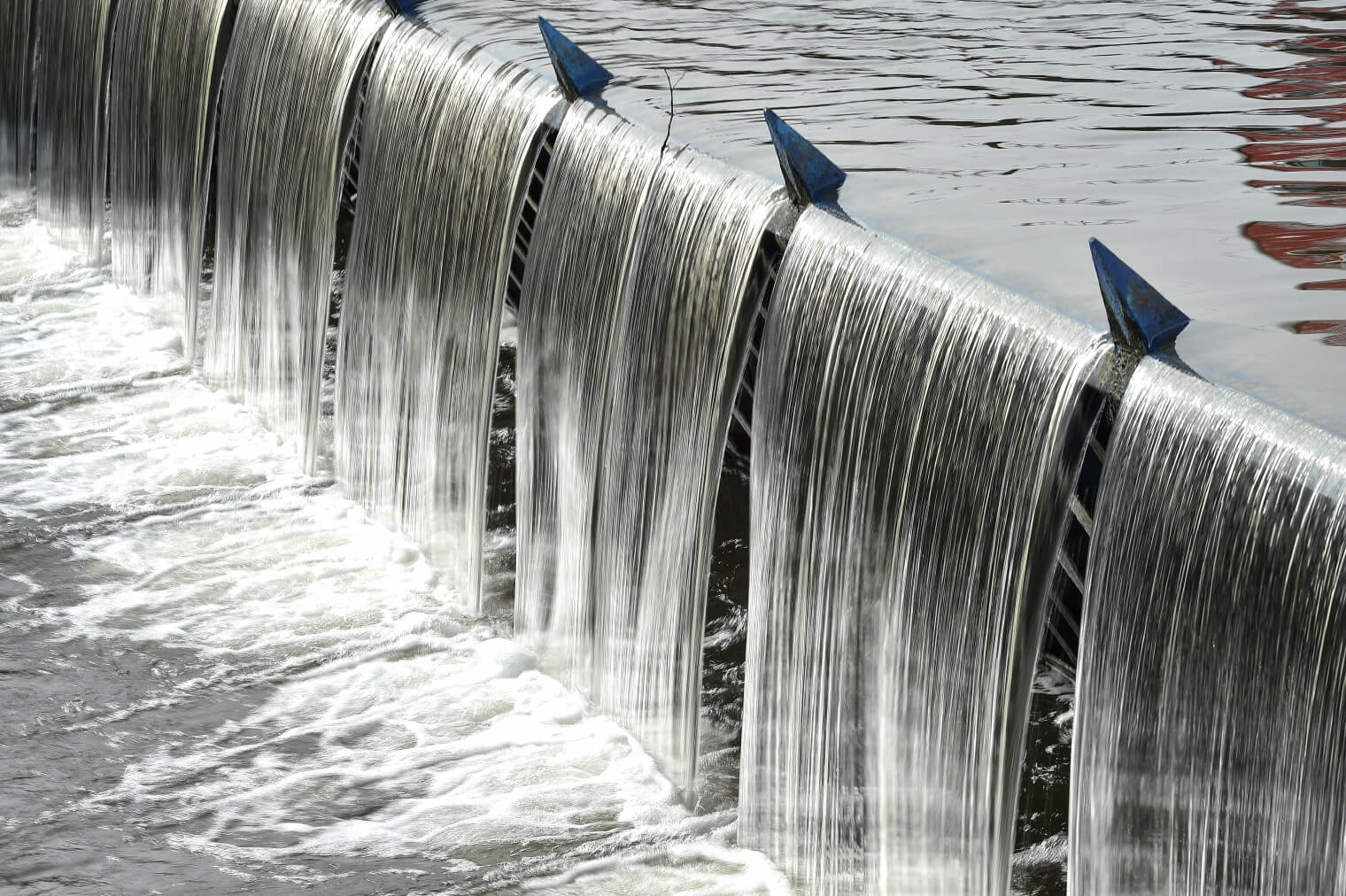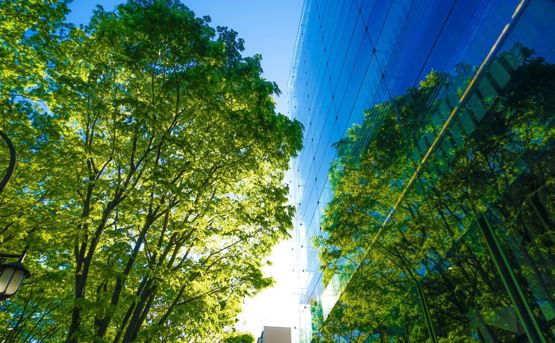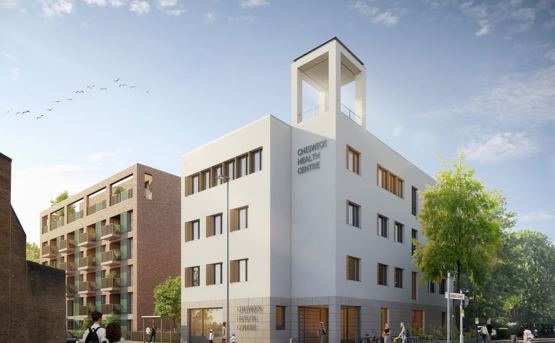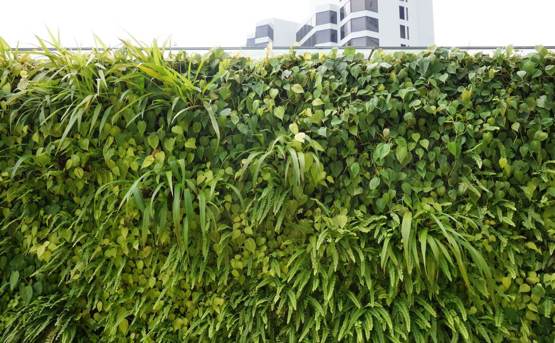
Published date: 22 March 2022
The rising importance of water efficiency
World Water Week is the annual focal point for raising awareness and addressing the planet's water issues, with the week-long event organised and led by the Stockholm International Water Institute.
Meet the author
Water is one of our most important natural resources but has historically not been high on the agenda for organisations. When you think about it, this seems crazy considering humans need it to survive and with an increasing population, more than ever before, we need to ensure we efficiently manage the way we use it so we can preserve it for future generations. Also, as we develop the land around us for either farming or building, we need to protect our natural ecosystems from further damage, especially endangered species. And if that’s not enough to convince you about why we need to get this higher up in the priority chain, conserving water can save you money and reduce your energy consumption from the equipment needed to pump water.
But things are changing. At the start of 2018, The UK Government released their 25-year Environment Plan which sets out environmental policies and aims, including the efficient use of water throughout society, such as reduction of water leaks by water companies and improving water efficiency by end-users.
Since 2019, our Energy and Environment team has also been making waves in this area. The first step for us was the big task of identifying who our suppliers are and how much we pay them, as outlined in our World Environment Day pledge become more water-efficient. With water suppliers set up regional and often split between clean water suppliers and wastewater processers, we have identified 25 different suppliers and 2,000 individual accounts. Thankfully the water market has been deregulated allowing us to consolidate our suppliers. You can read more about our plans in the NHSPS Green Plan.
At site level, we have introduced Sustainable Urban Drainage Systems to improve the natural soak away of water in concreted areas to prevent excessive surface run-off of rainwater into busy drainage and sewerage systems and subsequent flooding. Read more about this in our water-efficiency pledge.
We are also working alongside the Construction team to guide their decision making for water efficiency, to match or exceed current standards. At the same time, we will continue to increase awareness through training and providing information on what all of us can do to reduce water use in the buildings we work.
So how can you help? With over 3000 properties in our portfolio, we need to work collaboratively to make an impact. Here’s how:
- Be aware of water use throughout your day, such as:
- Making a cup of tea – do you need to keep the tap running? Make sure you fill the kettle with just enough water for your needs rather than to the brim.
- Washing your hands – only turn the tap on when you wet and rinse your hands
- Flushing the toilet – in general, use the short flush (where available) and only use the long flush when necessary
- Scrape, rather than rinse, dishes before you wash them. Only turn on the dishwasher when you have a full load before.
- Be mindful of what you pour down the sink. Did you know that pouring milk down the drain is a criminal offence for businesses? Milk is particularly harmful as bacteria that feed off discarded milk products use up oxygen faster than it can be replaced. As a result, fish and other organisms could suffocate. Other things you should never pour down the drain include grease, coffee and tea grounds, shells, peels and paint.
- Check landscape watering is not excessive and only occurs when it is needed. If landscaping is watered, make sure it’s done in the morning, when more of the water goes into the soil due to the cooler temperatures.
- Report leaks, dripping taps or low water efficiency equipment that could be upgraded, such as toilets with old, large cisterns (these can use between 10-13 litres of water in each flush, with modern cisterns using between 3-6 litres with each flush) or urinals with no automatic flush control. Report these issues via the Facilities Management Helpdesk.
- Encourage others to get on board and contribute ideas. Putting up posters in kitchens and public bathrooms, for example, is a great way to keep water efficiency front of mind.
Getting NHSPS to net zero
Want to learn more about our Greener NHS strategy and what it means for you? Watch the recording of the Green Plan launch webinar.






